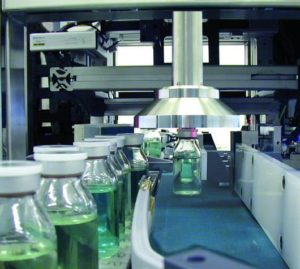 Trisha Gladd, Editor for Life Science Connect, wrote an article for Pharmaceutical Online. Which talked about the rise of FDA recalls due to the presence of particulate matter in injectables.
Trisha Gladd, Editor for Life Science Connect, wrote an article for Pharmaceutical Online. Which talked about the rise of FDA recalls due to the presence of particulate matter in injectables.
Trisha interviewed vice president of quality assurance at West Pharmaceutical Services, Bob Nase, who stated that the process of creating and filling the injectable drugs need to minimize any human interaction in this process. Humans are the biggest contributor to particles in injectable drugs. We carry a lot of particulate matter. It is inevitable that particles from humans are easily distributed to any surface; or in this case, containers.
Particles are categorized by extrinsic and intrinsic. Extrinsic particles are created from the manufacturing process itself. Intrinsic particles are common particles found in the container or drug itself. It is very important to be aware of all possible particles. Limiting human interaction in the process of the drug creation will only help with less extrinsic particles in parenteral drugs.
It is stated that when pharmaceutical companies develop new products they should be cautious of the risks that glass has with particles. Plastic containers are recommended opposed to glass because plastic containers are produced right away and come out clean the second they are made; glass containers need to be cleaned and sterilized. Having to clean glass containers could create particles and easily damage the containers going unnoticed.
This article describes USP <790> and the relation to minimizing particles in parenteral drugs. It states recommendations to reducing particles in parenteral drugs in order to pass FDA expectations and specifications of Visible Particulates in Injections.
Read the full article on Pharmaceutical Online to learn more
To read USP <790>, go to www.usp.org.

